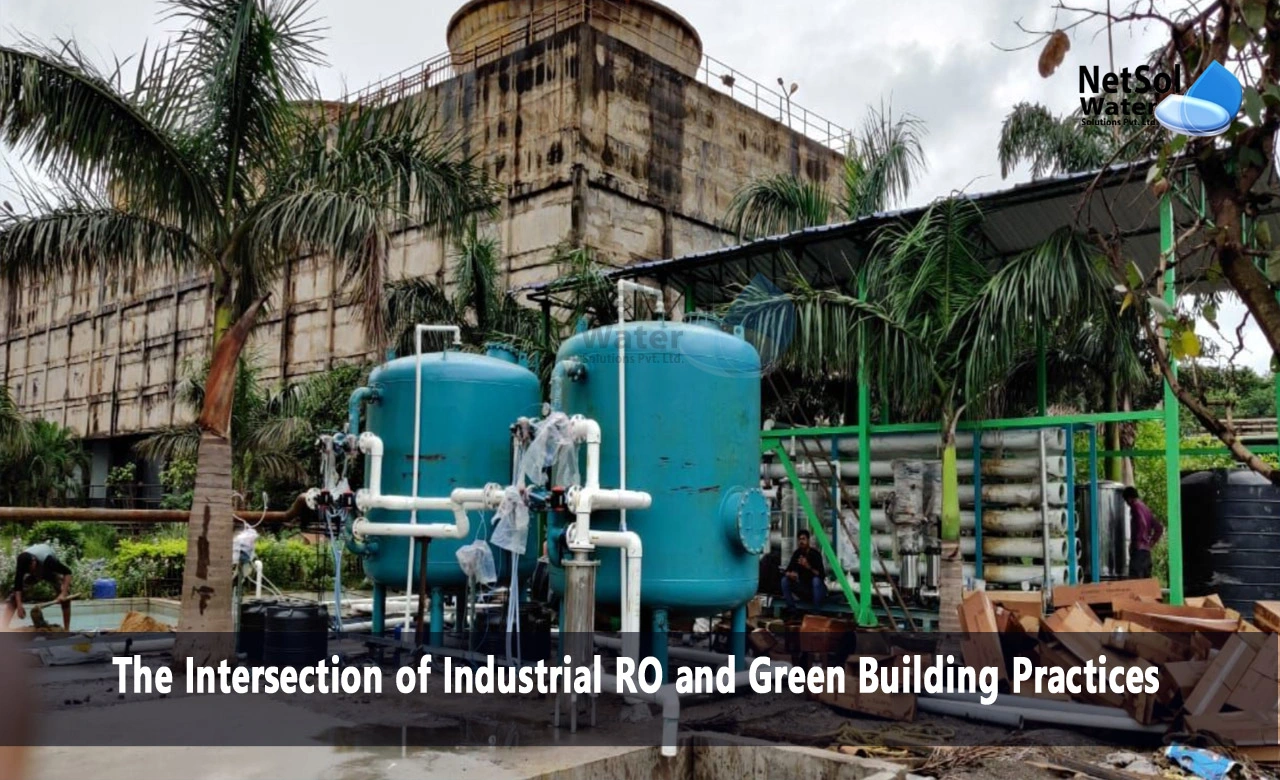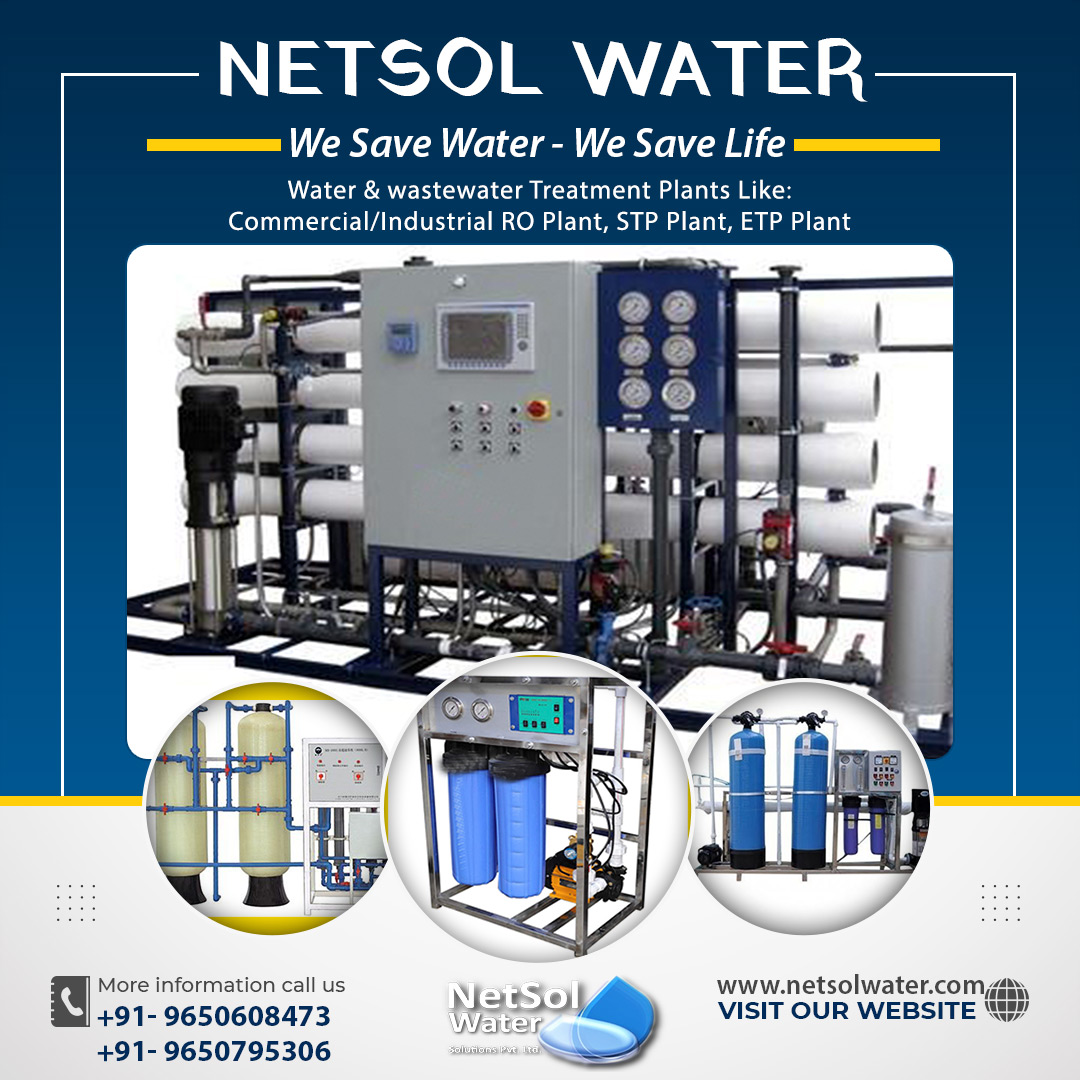The Intersection of Industrial RO and Green Building Practices
Sustainable design and construction practices are becoming mainstream for industrial facilities and manufacturing plants. “Green buildings” aim to minimize environmental impacts and resource consumption through energy and water efficiency, renewable energy, waste reduction, and other measures. The water treatment requirements of many industrial sites present major opportunities to incorporate green technologies and align with green building standards.
Reverse osmosis (RO) is the leading process for producing high purity water for boiler feed, process water, and ingredient purification applications. Optimizing the sustainability of industrial RO systems provides both environmental and economic benefits.
LEED Certification Standards
The Leadership in Energy and Environmental Design (LEED) rating system, developed by the U.S. Green Building Council (USGBC), provides a framework for sustainable design and construction. Industrial plants and manufacturing facilities that install RO systems can target LEED certification to demonstrate their commitment to sustainability.
Several LEED credits relate directly to water efficiency and treatment:
- Water Use Reduction – 20% less water use than conventional design
- Cooling Tower Water Use – limits potable water for cooling tower makeup
- Water Metering – permanent metering for major water uses
- Non-Potable Water Use – utilizes non-potable water for applicable demands
- Water Intensive Applications – reduces water use for industrial/process activities
Optimizing the RO system design, pretreating alternative source waters, and recovering purified water all contribute to achieving these LEED points.
Energy Reduction Strategies
Energy consumption is the largest operating cost and environmental impact for industrial RO plants. High efficiency pumps, motors, and membranes all help minimize power requirements. Energy recovery devices which reuse pressure energy from the concentrate stream can reduce energy demand by 30-50%. Renewable energy sources like solar, wind, and biogas can power pumps and pretreatment systems.
RO systems can also be designed for variable output. Using variable frequency drives (VFDs) on pumps allows turndown to match demand and save power. Automatic control systems shut down RO skids when peak capacity is not needed.
Pretreatment Alternatives
Conventional RO pretreatment utilizes chemicals, filter media, and energy intensive processes. Greener alternatives are emerging:
- Membrane filtration like ultrafiltration reduces chemical needs
- Magnetic ion exchange resin replaces standard salt regeneration
- Photocatalytic oxidation processes treat organics without chemicals
- Electrocoagulation removes suspended solids with electrolytic precipitation
- Hydrocyclones concentrate microbes and particles without chemicals
- Forward osmosis extracts pure water while pretreating feed water
These technologies minimize waste production and the carbon footprint of pretreating RO feed water.
Wastewater Recovery
RO produces two outlet streams – purified permeate and concentrated brine. The wastewater concentrate contains about 50% of the feed flow volume along with the removed contaminants. Reusing this waste stream offers water conservation benefits:
- Blending concentrate with raw water offsets potable makeup water
- Further treating concentrate with secondary RO systems increases water recovery
- Using concentrate for non-potable process uses onsite
- Crystallizing solids from concentrate produces solids for reuse
- Concentrate zero liquid discharge (ZLD) systems recycle all flow
Reclaiming wastewater helps facilities achieve LEED Water Use Reduction credits. ZLD systems eliminate liquid discharge enabling water independent operation.
Chemical Optimization
RO systems utilize scale inhibitors, biocides, acids, and bases for pretreatment, cleaning, and membrane maintenance. Optimizing chemical addition reduces costs and hazards:
- Online analyzers for automatic, need-based chemical dosing
- Photocatalytic and electrochemical processes that replace chemicals
- Ozone for disinfection eliminates biocides
- Natural scale inhibitors like chitosan and polyaspartate
- Clean-in-place (CIP) systems that reuse solutions
- Reclaiming used chemicals by ultrafiltration or ion exchange
Chemical use reductions contribute to LEED credits for Water Intensive Applications.
Materials Conservation
Thin film composite membranes maximize productivity using 50% less material than older cellulose acetate membranes. Durable piping like stainless steel and fiberglass reinforced plastic lasts decades. Concentrate energy recovery devices are constructed from steel and alloys that permit high recyclability rates.
Pretreatment media filtration systems are designed for multi-year service life prior to replacement. Where possible, components should be locally sourced to reduce transport impacts. Specifying green construction materials like recycled steel earn additional LEED points.
Waste Reduction
RO systems produce solid waste from periodic element replacement, media filtration change outs, and cleaning cycles. Solutions for minimizing waste include:
- Extending membrane life via process optimization and cleaning
- Filter media cleaning and reuse where possible
- Dry cleaning methods that eliminate liquid waste
- Recycling used RO elements for construction material
- Safely reusing byproduct solids or converting into saleable materials
Waste minimization contributes to LEED Material Conservation credits and a circular water treatment process.
In summary, industrial RO systems are integral to green building design through their energy, water, chemical, and waste impacts. Utilizing the strategies outlined above allows treatment plants to demonstrate leadership in resource efficiency. With membrane-based water purification only becoming more prevalent, aligning RO with green construction best practices paves the way to sustainable industrial water management.




